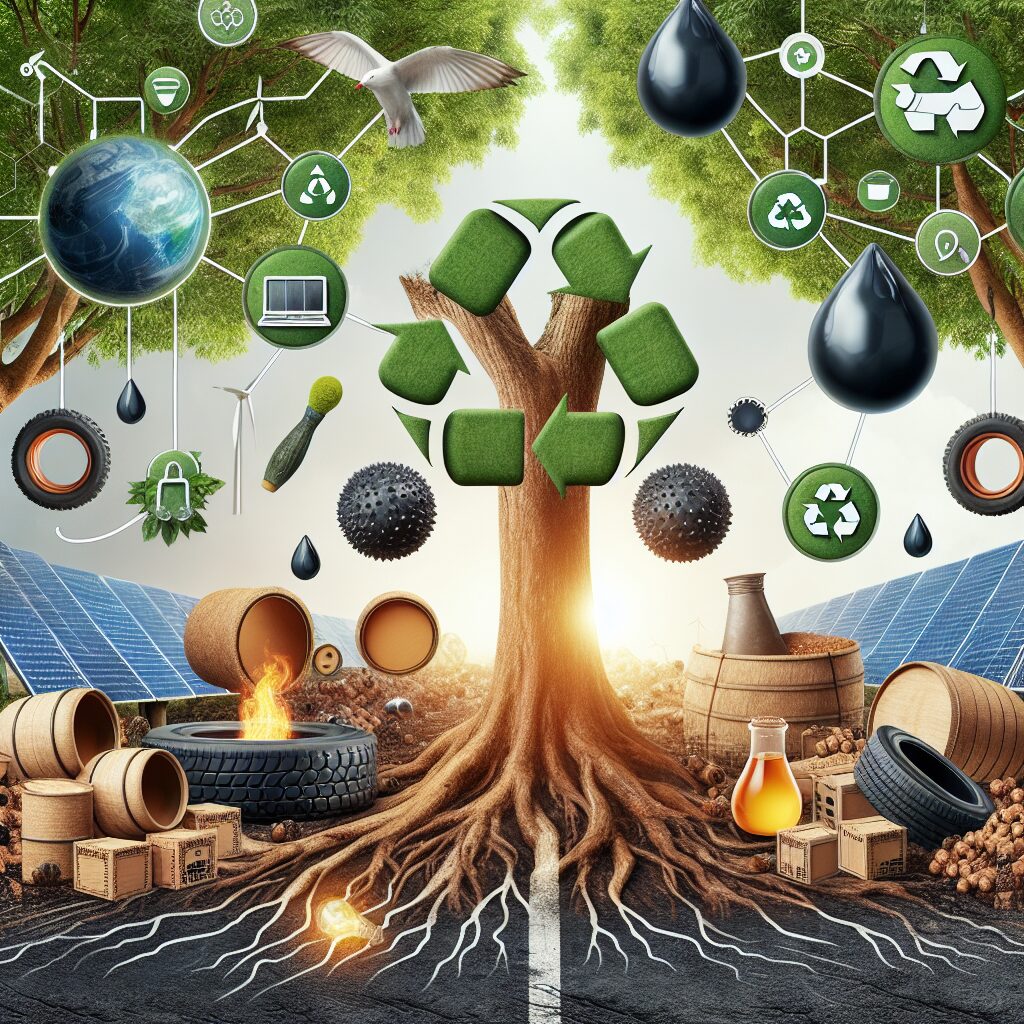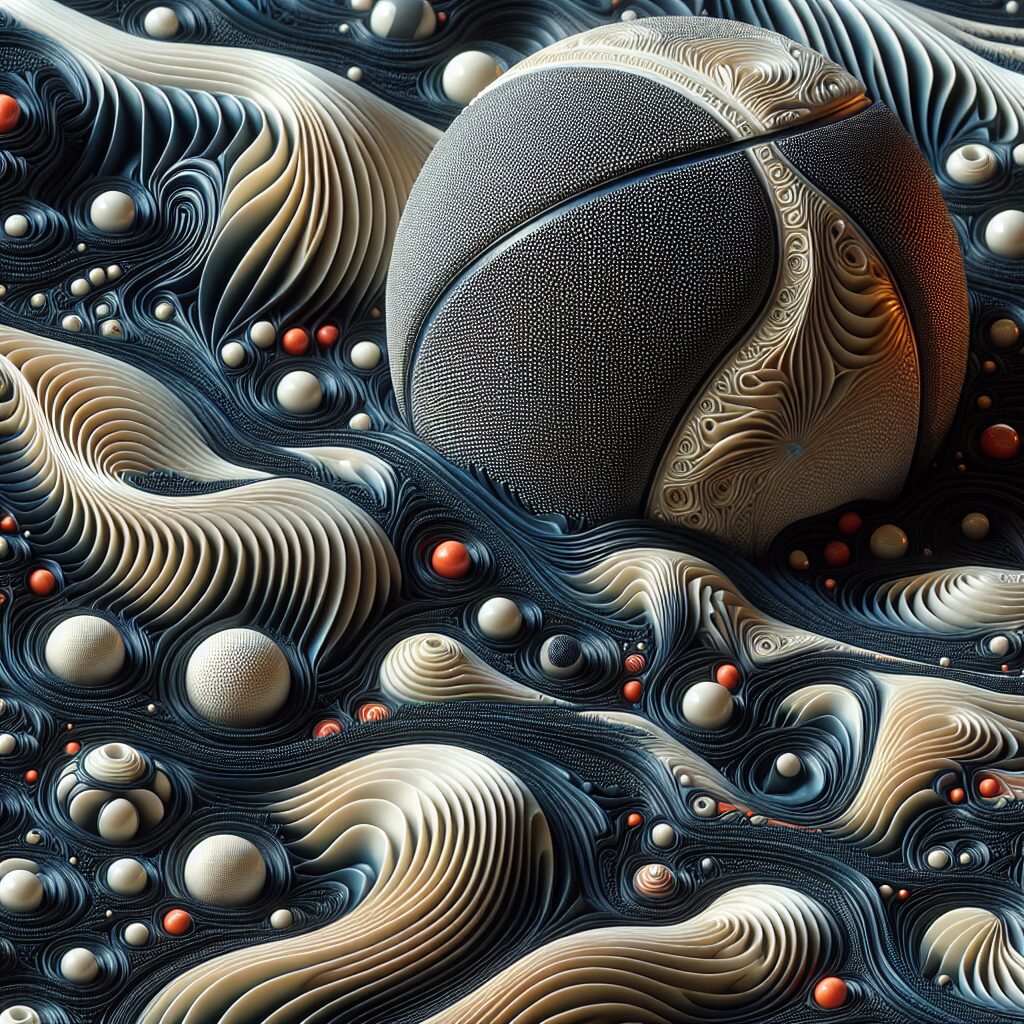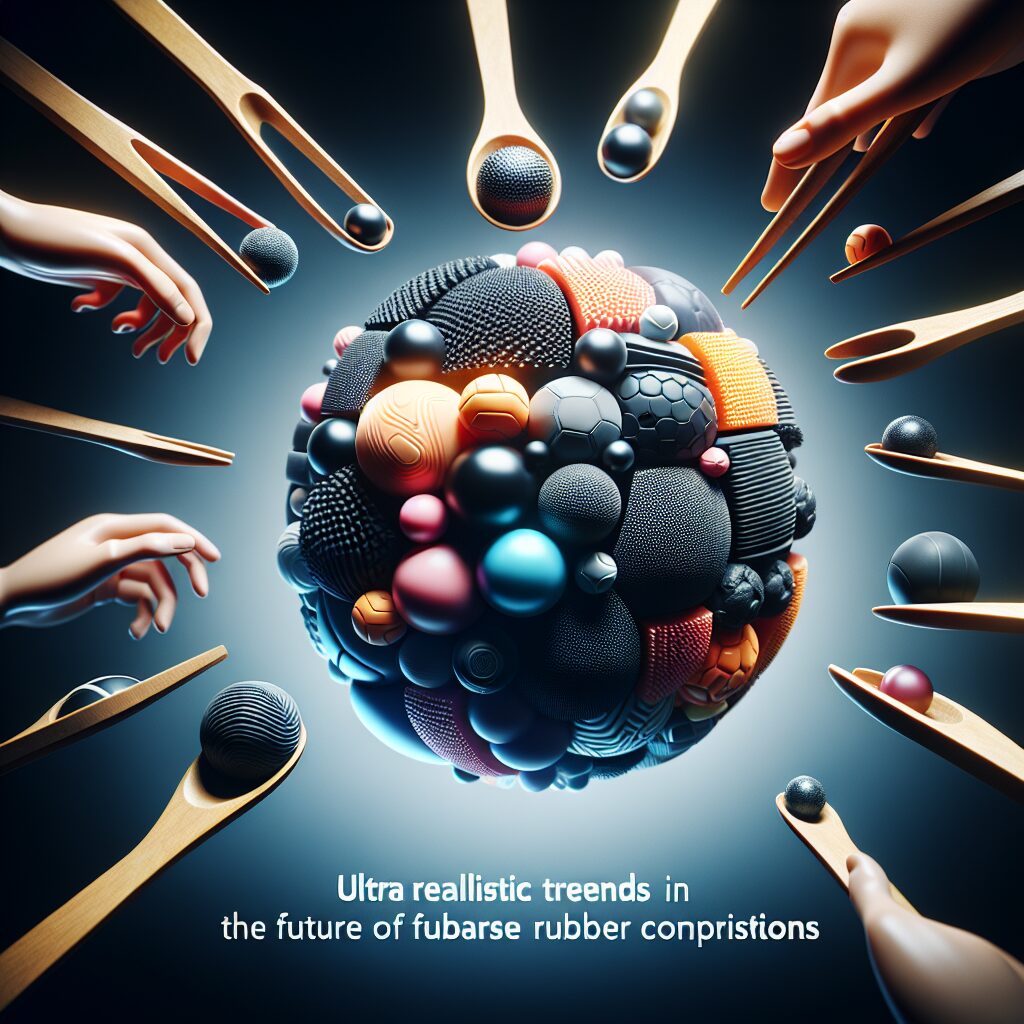Sustainability in Rubber Composition: A Green Future
Rubber has become an integral part of our daily lives, from the tires on our vehicles to the soles of our shoes. However, the production and disposal of rubber products have significant environmental implications, contributing to pollution, deforestation, and climate change. As a result, there is a growing need to explore sustainable alternatives in rubber composition. One unique fact to consider is that rubber trees, the primary source of natural rubber, are major contributors to carbon sequestration, making the rubber industry an important player in combating climate change.
In addition to its environmental impact, the rubber industry also faces challenges related to resource depletion and waste management. By adopting sustainable practices and rethinking the composition of rubber products, there is an opportunity to address these issues and pave the way for a greener future. Key takeaways from this article will delve into the various ways sustainability can be achieved in rubber composition, including the use of alternative materials, recycling techniques, and the implementation of eco-friendly production processes. Stay tuned as we explore these solutions in further detail, providing insights on how the rubber industry can embrace sustainable practices while still meeting the demands of a fast-paced world.
Key Takeaways
1. Using sustainable materials in rubber composition can significantly reduce the environmental impact of the industry.
2. Renewable resources, such as natural rubber, vegetable oils, and biomass fillers, offer potential alternatives to petroleum-based materials.
3. Sustainable formulation techniques, including bio-based curing agents and modified fillers, enhance the performance and durability of sustainable rubber products.
4. Recycling and reusing rubber materials, such as through retreading tires or incorporating recycled rubber in new products, contribute to resource conservation and waste reduction.
5. Collaboration between industry stakeholders, governments, and research institutions is crucial for developing and implementing sustainable practices in the rubber industry.
Can Rubber Composition Achieve Sustainability for a Greener Future?
Sustainable Raw Materials for Rubber Composition
Rubber composition plays a crucial role in various industries, from automotive to construction. To ensure a greener future, it is essential to focus on using sustainable raw materials. Traditional rubber production heavily relies on synthetic materials derived from fossil fuels. However, researchers are exploring alternative options like natural rubber sourced from sustainable plantations. Additionally, advancements in biotechnology have led to the development of bio-based materials that can be used as a substitute for synthetic components, reducing the industry’s carbon footprint.
Reducing Waste: Recycling and Reusing Rubber
Addressing sustainability in rubber composition also involves finding innovative ways to reduce waste. Recycling and reusing rubber materials can significantly minimize environmental impact. Technologies like devulcanization enable the regeneration of rubber from end-of-life products, such as worn-out tires. This process breaks down the rubber molecules, making it possible to reshape and reuse them, reducing the dependence on new raw materials.
Improving Manufacturing Processes
Rubber composition’s sustainability can be enhanced through improvements in manufacturing processes. Energy-efficient production techniques, such as cold rubber milling and microwave curing, reduce energy consumption and the associated greenhouse gas emissions. Implementing eco-friendly practices like waterless batching systems and using recycled water in cooling processes can also contribute to a greener future.
Exploring Alternative Rubber Sources
Beyond traditional rubber sources, it is crucial to explore alternative options for rubber composition that reduce the environmental impact. For instance, dandelion rubber holds promise as an eco-friendly alternative to traditional rubber trees. Dandelion plants thrive in various climates and require fewer resources, making them an attractive source for sustainable rubber production. Including such alternatives in rubber composition can contribute to a greener future.
Ensuring Performance and Longevity
While pursuing sustainability, it is vital to maintain the performance and longevity of rubber composition. Developing sustainable rubber materials that offer durability, resilience, and other essential properties is crucial. Through extensive research and innovative engineering, scientists and manufacturers can strike the perfect balance between sustainability and performance to ensure a greener future without compromising the quality of rubber products.
Top 5 Tips for Achieving Sustainability in Rubber Composition
- Consider using natural rubber sourced from sustainable plantations.
- Implement recycling and reusing strategies for rubber materials.
- Adopt energy-efficient manufacturing processes like cold rubber milling and microwave curing.
- Explore alternative rubber sources such as dandelion rubber.
- Ensure sustainable rubber materials meet performance and longevity requirements.
Frequently Asked Questions
What is sustainability in rubber composition?
Sustainability in rubber composition refers to the use of environmentally friendly and socially responsible practices throughout the entire lifecycle of rubber production, including sourcing, processing, and disposal.
Why is sustainability important in rubber composition?
Sustainability in rubber composition is crucial because it helps minimize the negative impact of rubber production on the environment and reduces the depletion of natural resources. It also promotes ethical practices and contributes to the well-being of communities involved in the rubber industry.
How does sustainable rubber composition benefit the environment?
Sustainable rubber composition reduces deforestation by encouraging the use of responsible rubber tree plantations and optimizing land use. It also minimizes greenhouse gas emissions through eco-friendly manufacturing processes and reduces water pollution and soil degradation.
Does sustainability in rubber composition affect product quality?
No, sustainability in rubber composition does not compromise product quality. In fact, it often leads to improved quality as manufacturers adopt innovative technologies and adhere to high standards throughout the production process.
Are sustainable rubber products more expensive?
Sustainable rubber products may initially have a slightly higher price tag due to the additional costs associated with eco-friendly practices. However, in the long run, they can result in significant savings by minimizing the environmental impact and reducing the need for costly remediation measures.
How can consumers support sustainability in rubber composition?
Consumers can support sustainability in rubber composition by choosing products made from sustainable rubber sources and from manufacturers that prioritize environmental responsibility. They can also encourage companies to adopt sustainable practices through their purchasing decisions and by spreading awareness.
What certifications or standards indicate sustainable rubber composition?
Certifications such as the Forest Stewardship Council (FSC) and the Program for the Endorsement of Forest Certification (PEFC) indicate that rubber has been sourced from responsibly managed plantations. The Global Organic Latex Standard (GOLS) is another certification that ensures the use of organic rubber in products.
Can recycled rubber be considered sustainable?
Yes, recycled rubber can be considered sustainable as it reduces the need for new raw materials and diverts waste from landfills. By repurposing and reusing discarded rubber products, the environmental impact of rubber production can be significantly reduced.
What challenges does the rubber industry face in achieving sustainability?
The rubber industry faces challenges such as ensuring a transparent and traceable supply chain, mitigating the impact of natural disasters on rubber plantations, and developing sustainable alternatives to synthetic rubber. Additionally, implementing sustainable practices requires collaboration among all stakeholders, from growers to manufacturers and consumers.
How can sustainable rubber composition contribute to a green future?
Sustainable rubber composition plays a significant role in achieving a green future by reducing carbon emissions, promoting biodiversity conservation, and enhancing the overall environmental performance of the rubber industry. It also fosters social and economic development by supporting local communities and ensuring the longevity of rubber resources.
Final Thoughts
Sustainability in rubber composition is crucial for the long-term viability of the rubber industry and the well-being of our planet. By embracing sustainable practices, the rubber industry has the potential to make a significant positive impact on the environment, communities, and future generations. It is important for both manufacturers and consumers to prioritize sustainability and consciously choose products that support a greener future.
As we move forward, it is essential to continue researching and developing innovative solutions that further enhance the sustainability of rubber composition. Efforts should be made to improve the traceability of rubber sources, ensure fair working conditions, and reduce the use of hazardous chemicals. By collectively working towards a greener rubber industry, we can contribute to a more sustainable and responsible future.




